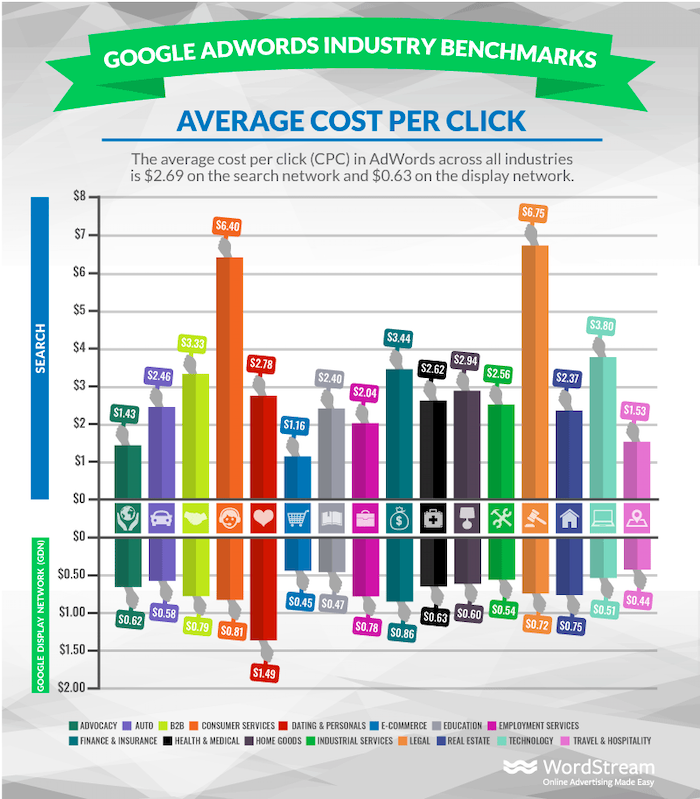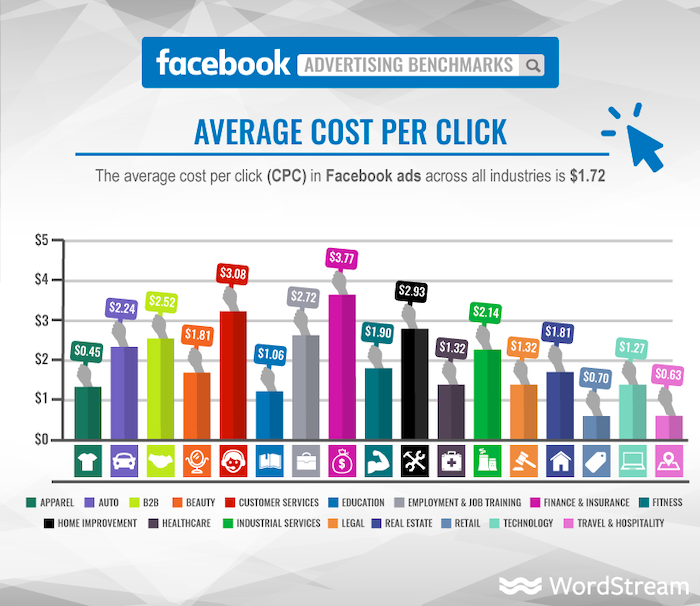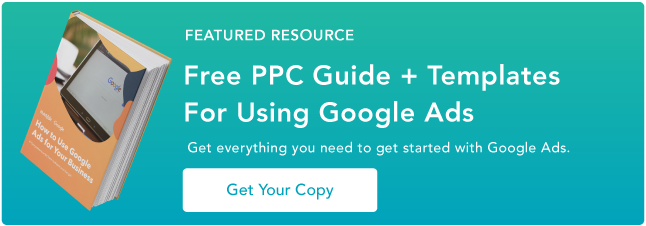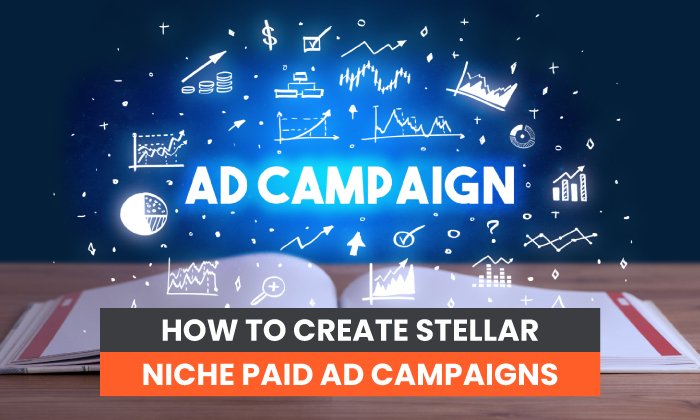How to Identify Your Ideal Target Markets for Paid Campaigns

By Neil Patel
Many marketers think generating a ton of traffic to their website is the end-all-be-all of online marketing.
It isn’t. What’s far more important is getting your target market right.
Your target market is the people you want to buy your product or service. Some are existing customers, while others may never have heard of you.
Isn’t that just the same as a demographic?
Not quite.
Demographics are actually subsets of a target market.
For example, a car insurance company’s target market could be “all car owners.” But their latest marketing campaign could focus on one specific demographic within that market, such as young drivers.
Why You Need to Identify Your Target Market for Paid Ad Campaigns
An ad campaign is only as strong as its audience targeting.
To continue the car insurance example, I wouldn’t use messaging and imagery aimed at young drivers in a social campaign targeted at older audiences and I wouldn’t bid on keywords like “car insurance for young drivers” if my target market was older motorists.
Those are obvious examples; you don’t need to be a professional marketer to avoid falling into those traps.
But getting your targeting even slightly off can have expensive consequences.
Consider this: the average cost per click (CPC) of a Google search ad is $2.69, although it’s far higher in some industries.
If you’re in the legal sector, generating just 100 clicks would cost you an average of $675. That’s a lot of money to spend on the wrong audience.

CPCs are slightly cheaper on Facebook, but businesses in the finance and insurance space still pay an average of $377 for 100 clicks.
You can’t afford to throw that sort of money away by reaching the wrong target market.

But there’s more to it than that.
Google and Facebook (and all the other big social sites) use what’s known as a “quality score” or “relevance score.” When you run paid campaigns, you’re given a score from 1-10 based on your ad’s relevance to the target audience.
Here’s the important part: your quality score directly impacts where your ad ranks, and how much you pay to rank there.
If you bid the same as your competitor, but you have a higher quality score, your ads are more likely to reach your audience. In fact, if your quality score is much higher than theirs, you can outrank them while spending less.
Target Audience for Organic vs. Paid Ads
There’s no such thing as an “organic audience” or a “paid audience.” We’re all the same; our activity just varies depending on our place in the buyer cycle.
What do I mean by this?
To explain, I’m going to use search as an example. As a rule, people are much less likely to …read more
Source:: Kiss Metrics Blog









